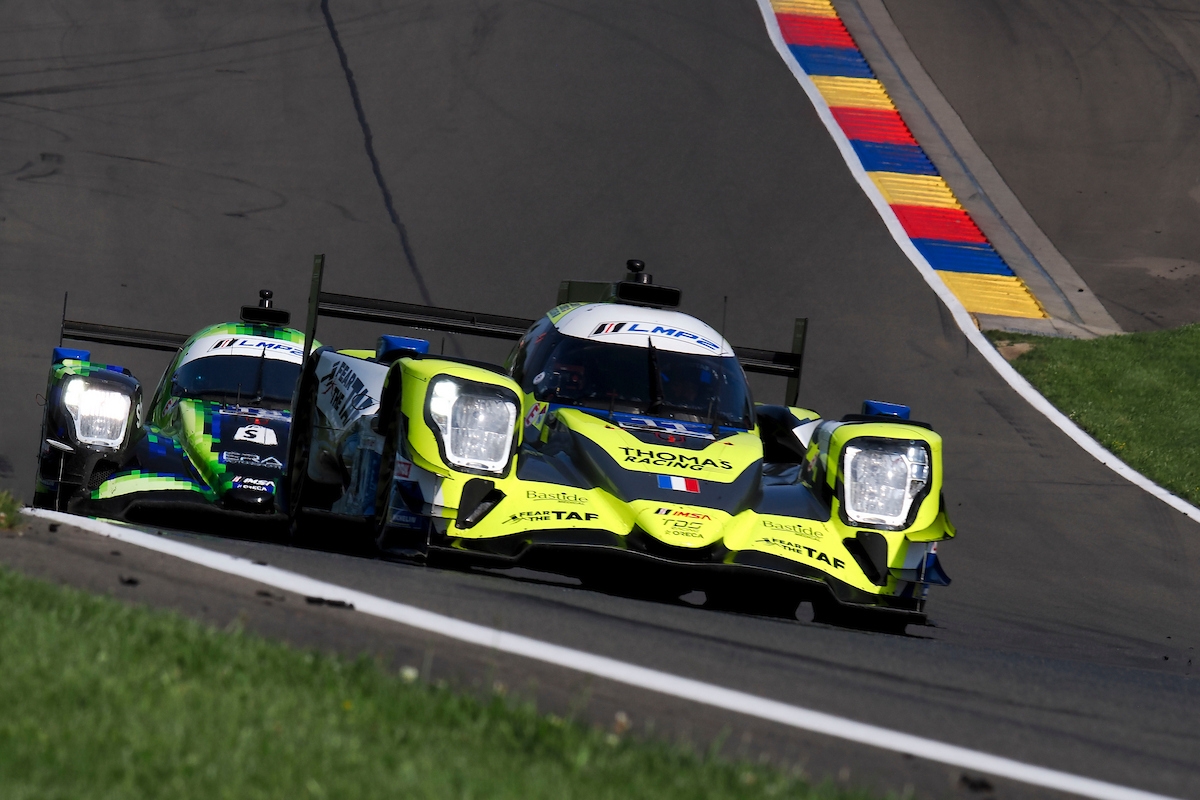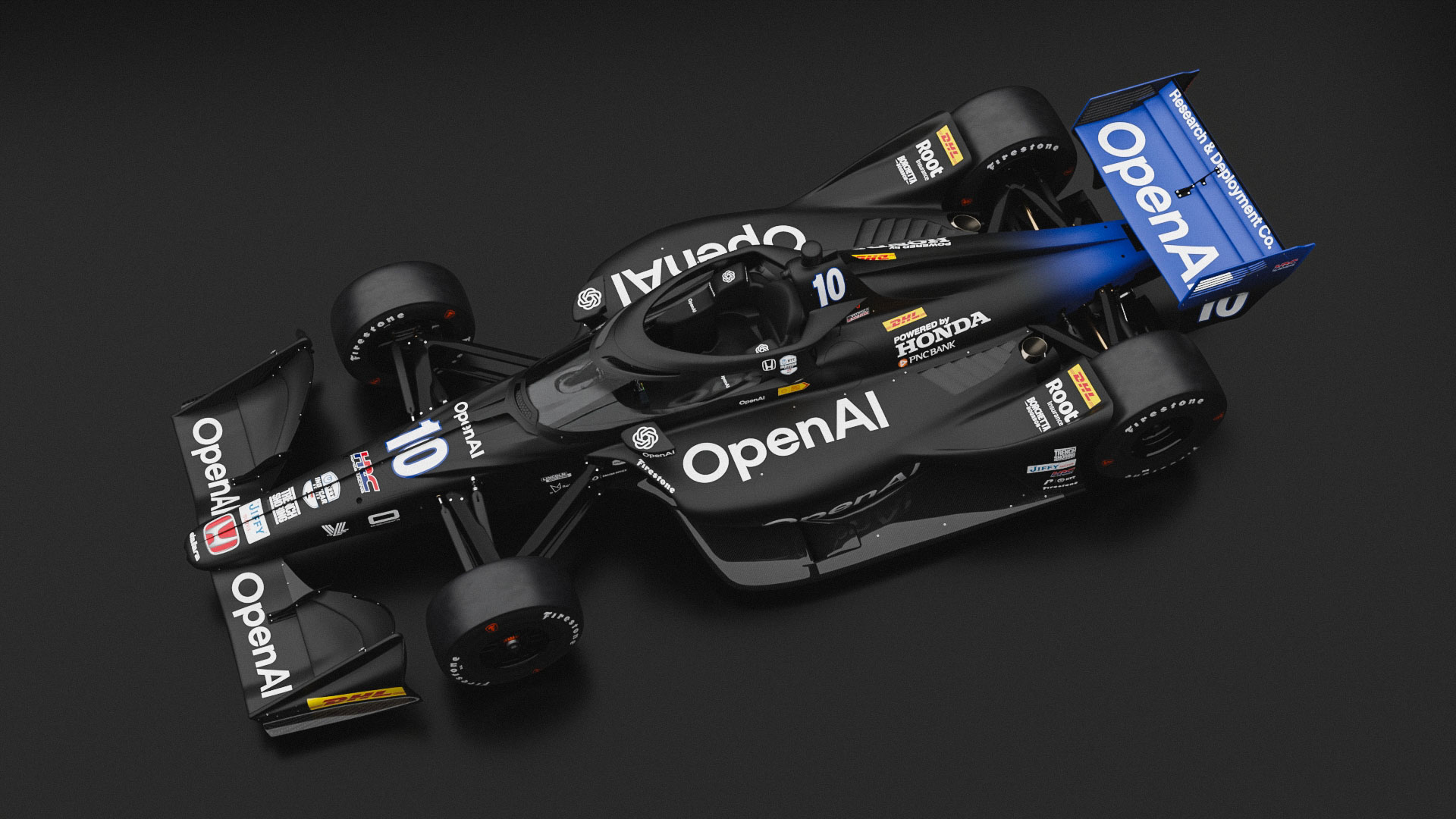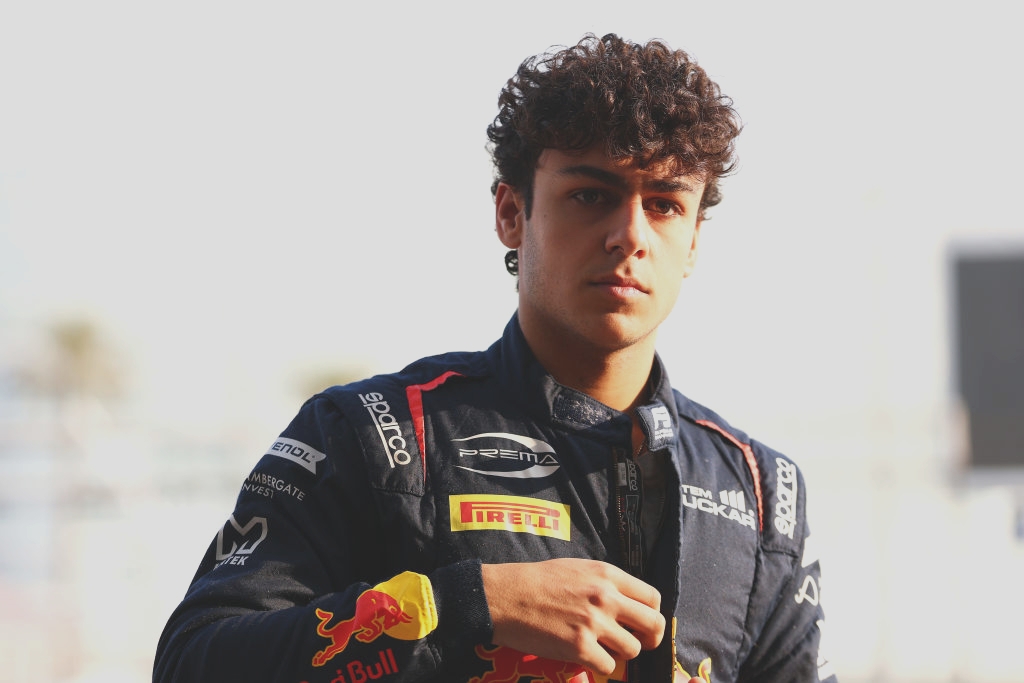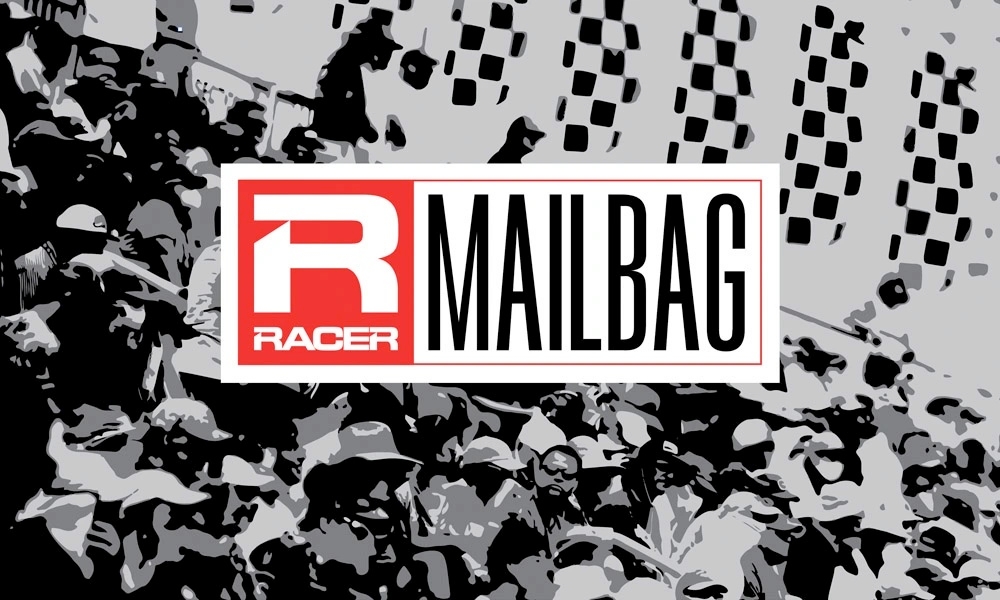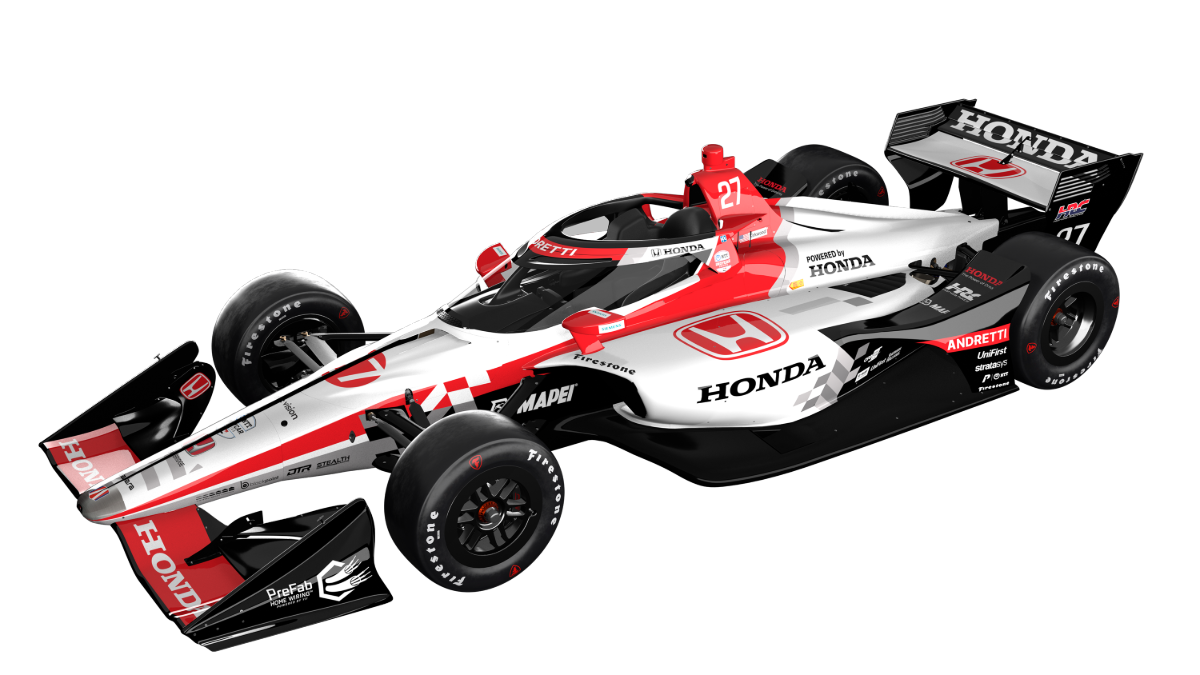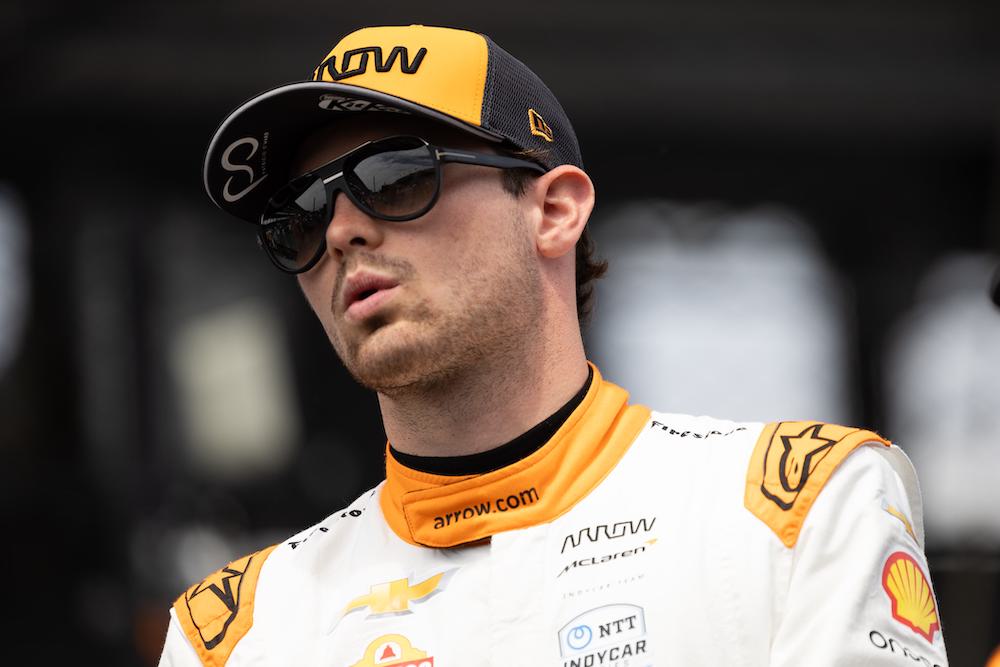
ShareThis is disabled until you accept Social Networking cookies.
‘The hybrid has brought zero benefit’ – O'Ward
Pato O’Ward would like the IndyCar Series to imagine a future without hybridization.
Following the completion of the first hybrid Indianapolis 500 where the Mexican star placed third in his No. 5 Arrow McLaren Chevy, O’Ward shared his thoughts on the quality of racing throughout the 200-lap contest, explained how the energy recovery system (ERS) that adds approximately 100 pounds to the rear of the cars affected tire life and passing, and asked whether hybrid powertrains, at least in IndyCar, have improved the series.
“The reason why we keep seeing the restarts being so... I don't even think 'chaotic' reaches the right wording for what we've seen. But, just so desperate is because of the fact that that is your only chance to get multiple positions,” O’Ward told RACER.
“Doesn't matter how good your car is. You know when you make positions now, it’s in the restarts by just placing your car somewhere where someone else didn't, and just hoping to God that nothing goes wrong.
"And by strategy, just having maybe like an overcut. That's how you saw (Ryan) Hunter-Reay, (Marcus) Ericsson, make their way up while (Conor) Daly was slowing the whole field down, fuel saving.
“I feel like, in all honesty, the hybrid has brought zero benefit to the series in every way, shape and form. I know they're trying to get a third manufacturer. But in my most humble and honest opinion, I believe IndyCar should trust their own history."
The Arrow McLaren star is by no means the first driver to ask whether the series would be better served by returning to non-hybrid configuration with the Dallara DW12 chassis. He’s simply the latest, following team owner/driver Ed Carpenter, who was the first to launch a major salvo against the technology, and former McLaren teammate Alexander Rossi, a consistent and vocal critic of hybridization.
“[IndyCar] should trust, ‘What do your fans really want to see?’” O’Ward continued. “And you should really be striving for that product that you always sell, that the racing is so good (since) it seems like Formula 1 is now more interesting. I just feel like, IndyCar knows what they want; let's just make this badass and more badass than what it already is."
When IndyCar offered to change its engine formula to include hybridization, Chevy and Honda accepted the proposal, which led to an announcement from the series in 2019 confirming its future switch to mating twin-turbo V6 internal combustion engines to some form of ERS unit. By the summer of 2024, the joint-venture ERS made by Chevy and Honda was ready to go at Mid-Ohio, a race won by O’Ward.
More IndyCar
On the approach to the 2020s when the decision to bring hybrid powertrains into IndyCar was ratified, electrification in the auto industry — be it through hybrids or fully electric vehicles — was still considered cutting-edge technology that had great relevance to the next generations of cars and trucks.
That opinion has started to shift to some degree. By 2025, hybrid and EVs have become strong performers for some auto brands like Honda. Chevy’s parent company General Motors has also made a grand commitment to EVs, but also just announced an investment of nearly $1 billion — $888 million to be precise — to outfit its plant in Tonawanda, New York, to make its sixth-generation V8 engines, which GM says “marks the largest single investment the company has ever made in an engine plant and makes Tonawanda the second GM propulsion plant to produce this new generation of engines.”
Having previously announced a $300 million investment in the Tonawanda facility to make electric vehicle motors, the sizable new expenditure and redeployment of the plant to manufacture V8 internal combustion engines reflects a change of direction for GM.
“Our significant investments in GM’s Tonawanda Propulsion plant show our commitment to strengthening American manufacturing and supporting jobs in the U.S.,” said GM CEO Mary Barra. “GM's Buffalo plant has been in operation for 87 years and is continuing to innovate the engines we build there to make them more fuel efficient and higher performing, which will help us deliver world-class trucks and SUVs to our customers for years to come.”
Later in the 2024 season, some of IndyCar’s oval races with the hybrid powertrains were quite entertaining, but achieving the same level of excitement across most of 2025’s races, with so few cautions prior to the Indy 500, and a scarcity of passes for the lead with on-track maneuvers leading into Indy, has been a challenge.
O’Ward — who holds second in the championship — dreams of going back to a vehicle specification where struggles to pass at the Indy 500 and many of the other tracks on the IndyCar calendar are no longer a regular talking point among drivers and fans.
As the 26-year-old imagines the possibilities for IndyCar’s growth in the coming years, being beholden to hybridization isn’t a necessary component to attracting more fans and manufacturers.
“I feel like IndyCar is trying to juggle 10 things at once, and they're forgetting the most important one, which is believing in themselves and believing in what their series has always been representative of,” he said. “Formula 1 did (hybridization) a decade before us. Why are we trying to follow what everyone else is following? It brings nothing new to the fans. You can't even tell that these things are in the car. The drivers can tell, because the cars are so, so much more sad now.
“I really believe that there is so much gain that IndyCar can do by doing exactly what they want to do and not letting themselves get pushed into making decisions just to protect or save or whatever. Because I know you can make something that people don't want to miss, that's going to organically bring money and people, and it's going to bring everything you want and more back into play.
“We're now hybrid and no one's joined. So what's the issue by sticking to what you truly want and giving the fans exactly what they want, and giving the drivers also something that is more enjoyable to drive? Why do we keep making things heavier and slower? We want to make these louder, better, faster. You know, a theme of conversation within people's houses and homes and living rooms and online.”
Penske Entertainment, the parent company of the IndyCar Series, has stated on multiple occasions that its next chassis and engine formula — scheduled for 2027 — will remain hybrid. O’Ward is hopeful the series will reevaluate its commitment to the trend and place a higher priority on the quality of its racing.
“You want people to say, ‘Holy ****, have you seen the new IndyCar!’” he said. “Not, (lowers voice) ‘Have you seen the new IndyCar…?’
"Or people asking you, like, ‘Wait, have you guys gone hybrid?’, when we've been hybrid for a year. But people have no way of knowing, to be fair.
"But since when has IndyCar been the series to follow everyone's other footsteps? It's always had its own path and I believe that’s what’s made IndyCar special in the past. Stick to what you want, stick to what you know, in creating a great racing product, a competitive racing product, and the rest will fall in place.”
ShareThis is disabled until you accept Social Networking cookies.
Marshall Pruett
The 2024 season marks Marshall Pruett's 38th year working in the sport. In his role today for RACER, Pruett covers open-wheel and sports car racing as a writer, reporter, photographer, and filmmaker. In his previous career, he served as a mechanic, engineer, and team manager in a variety of series, including IndyCar, IMSA, and World Challenge.
Read Marshall Pruett's articles
Latest News
Comments
Disqus is disabled until you accept Social Networking cookies.
